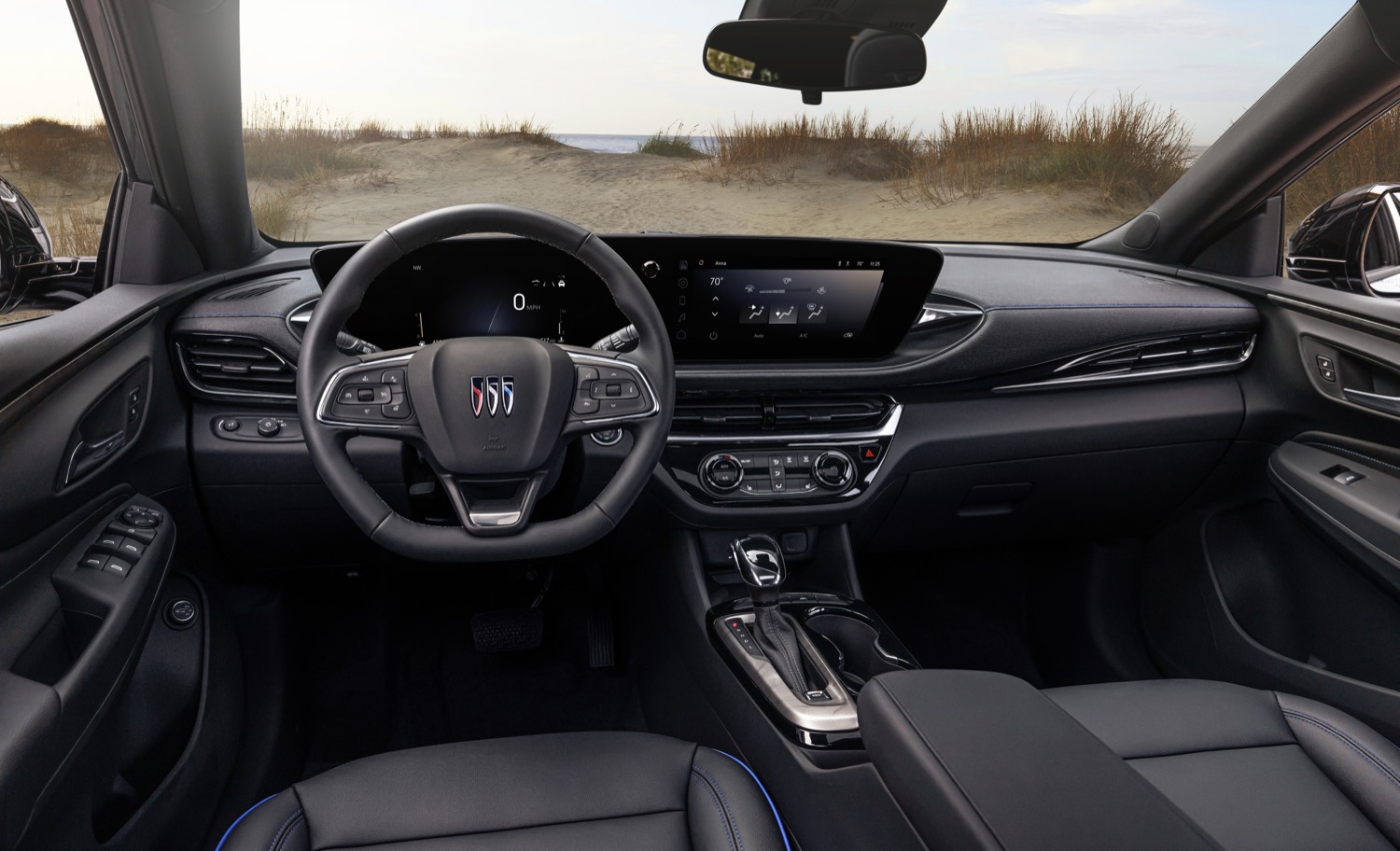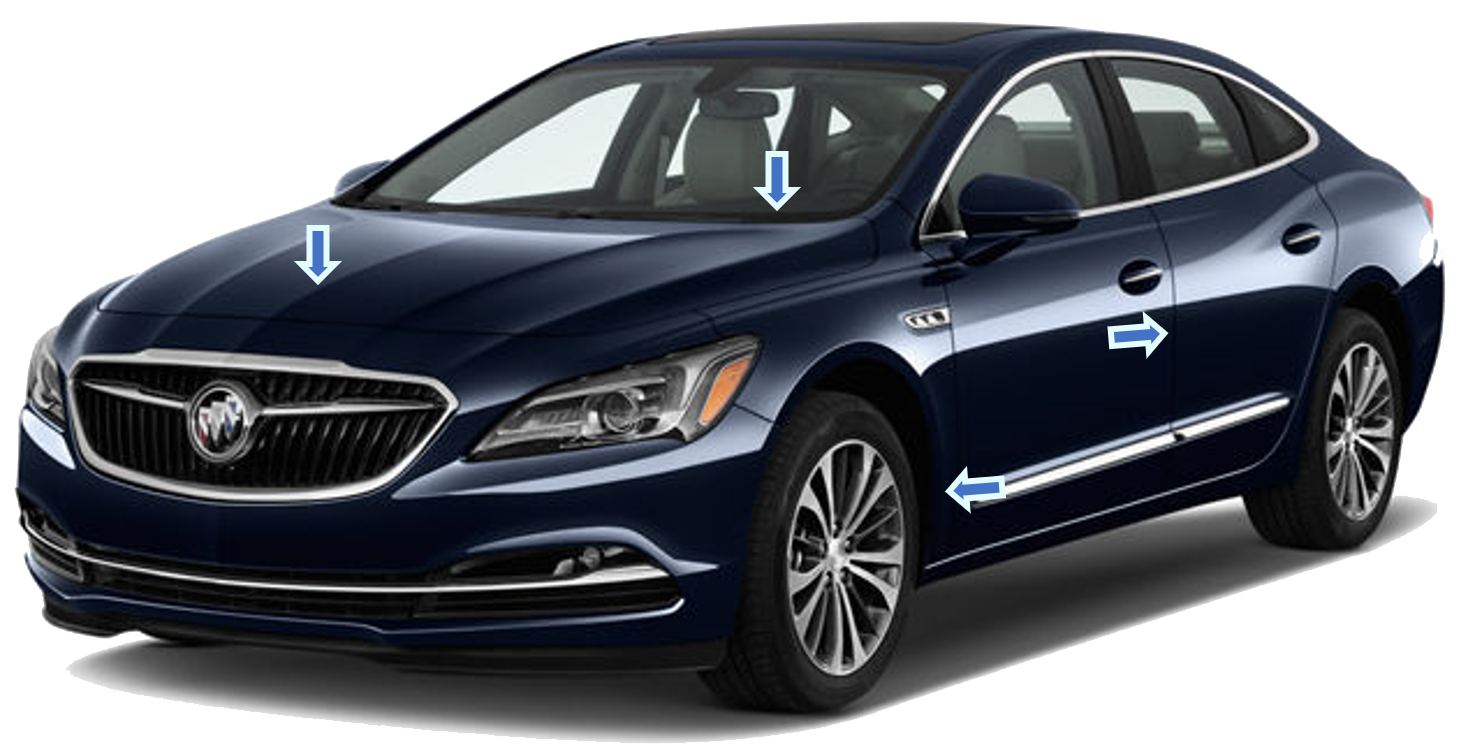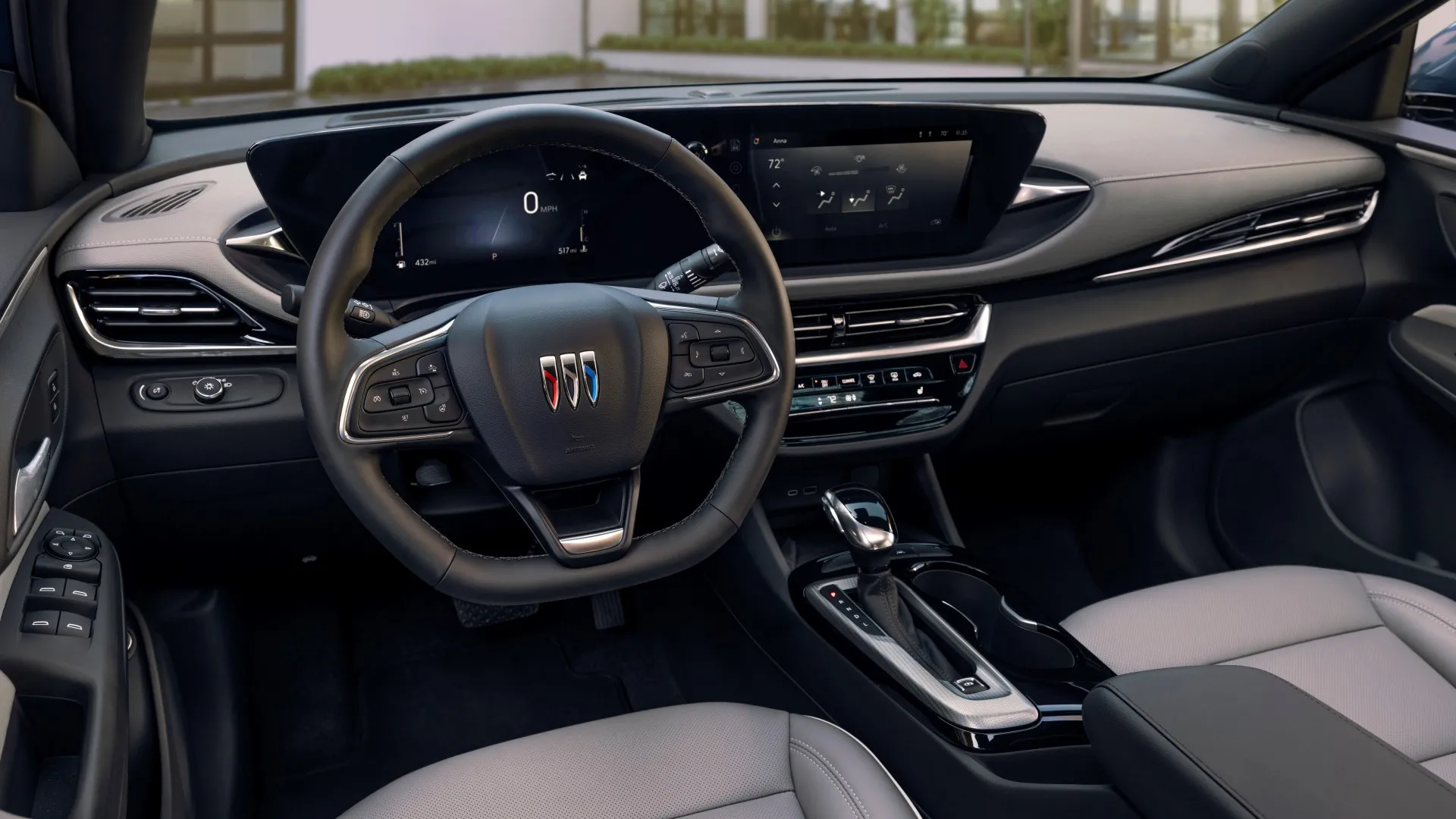
The Buick Envista Recall: A Tale of Two Recalls and a Troubled Debut
The Buick Envista, a stylish and compact crossover aimed at attracting a younger demographic, made its debut in 2023. While the vehicle garnered initial praise for its design and features, its early years have been marred by a series of recalls, raising concerns about quality control and the reliability of the new model.
Two major recalls, both issued in 2025, have impacted a significant number of Envista vehicles, leaving owners frustrated and questioning the long-term viability of the model. This article delves into the details of these recalls, their impact on owners, and the potential implications for Buick’s future.
Recall #1: The Steering Column Issue
The first recall, issued in early 2025, affected approximately 10,000 Envista vehicles produced between January and June 2023. The recall focused on a potential defect in the steering column, which could lead to a loss of steering control. This issue was linked to a faulty component in the steering column assembly, potentially causing the steering wheel to detach or malfunction under certain driving conditions.
The recall prompted Buick to initiate a nationwide campaign to inspect and repair affected vehicles. Owners were notified by mail and encouraged to schedule appointments with their local dealerships. The repair involved replacing the faulty steering column assembly with a new, redesigned component.
While the recall was initiated swiftly, the process of identifying affected vehicles and scheduling repairs proved challenging for many owners. Long wait times at dealerships, limited availability of replacement parts, and difficulties scheduling appointments created frustration and inconvenience.
Recall #2: The Brake System Malfunction
Just a few months after the steering column recall, Buick issued a second recall, this time affecting a larger number of Envista vehicles – around 25,000 – produced between July 2023 and February 2025. This recall focused on a potential issue with the brake system, specifically a faulty sensor in the anti-lock braking system (ABS) module.
The faulty sensor could lead to a malfunctioning ABS system, potentially resulting in reduced braking performance and increased stopping distances. In extreme cases, this could lead to a loss of braking control, posing a significant safety hazard.
Similar to the first recall, Buick initiated a nationwide campaign to inspect and repair affected vehicles. Owners were notified by mail and encouraged to schedule appointments at their local dealerships. The repair involved replacing the faulty ABS module sensor with a new, redesigned component.
The second recall further compounded the frustration of Envista owners. Many owners who had already dealt with the steering column recall now faced the additional inconvenience and uncertainty of another major repair. The recall also highlighted concerns about the quality control and reliability of the Envista model.
The Impact on Owners
The Envista recalls have had a significant impact on owners, both in terms of safety and inconvenience. Many owners expressed concerns about the potential safety hazards posed by the defective components and the lack of confidence in the vehicle’s reliability.
The recalls also resulted in significant inconvenience for owners, who had to deal with lengthy repair processes, scheduling difficulties, and the potential for extended downtime without their vehicles. In some cases, owners had to rely on alternative transportation, further adding to the inconvenience and expense.
The recalls also raised questions about the communication and transparency of Buick and its parent company, General Motors. Some owners complained about the lack of clear and timely communication about the recalls and the repair process.
The Implications for Buick
The Envista recalls have raised concerns about Buick’s ability to ensure the quality and reliability of its vehicles. These recalls, coming shortly after the launch of the new model, could damage the brand’s reputation and impact sales.
The recalls also highlight the challenges facing Buick in attracting a younger audience. The Envista was designed to appeal to a younger demographic, but the recalls could undermine the brand’s efforts to build trust and confidence among this target market.
Moving Forward: Addressing the Issues and Rebuilding Trust
To address the issues raised by the Envista recalls, Buick must take decisive action to rebuild trust with its customers and ensure the safety and reliability of its vehicles. This will require a multi-pronged approach, including:
- Swift and Effective Repair Processes: Buick needs to streamline the repair process, ensuring that owners can access replacement parts quickly and efficiently. This includes improving communication and transparency with owners throughout the repair process.
- Investing in Quality Control: Buick needs to invest in rigorous quality control processes to prevent similar issues from arising in the future. This includes strengthening its testing and inspection procedures and ensuring that its suppliers meet high standards.
- Enhanced Communication and Transparency: Buick needs to improve its communication with owners, providing timely and accurate information about recalls and repair processes. This includes establishing clear channels of communication and addressing owner concerns promptly.
- Addressing Customer Concerns: Buick needs to actively engage with owners who have been affected by the recalls, addressing their concerns and offering support. This includes providing compensation for inconvenience and lost time.
The Envista recalls serve as a wake-up call for Buick. The brand needs to take decisive action to address these issues and rebuild trust with its customers. Failure to do so could have lasting consequences for the brand’s reputation and its ability to compete in the competitive automotive market.
Beyond the Recalls: A Look at the Future of the Envista
While the recalls have cast a shadow over the Envista’s debut, it’s important to acknowledge that the vehicle itself possesses a number of strengths. Its stylish design, advanced technology features, and competitive pricing position it favorably within the compact crossover segment.
However, Buick must leverage these strengths while addressing the weaknesses exposed by the recalls. The brand needs to demonstrate its commitment to quality, reliability, and customer satisfaction.
The Envista’s future hinges on Buick’s ability to regain trust and build a strong reputation for its new model. By taking decisive action to address the recalls and proactively addressing quality concerns, Buick can ensure that the Envista becomes a successful and long-lasting addition to its lineup.
In conclusion, the Envista recalls have been a challenging experience for both Buick and its customers. While the recalls have highlighted concerns about the brand’s quality control and reliability, they also present an opportunity for Buick to learn from its mistakes and emerge stronger. The brand must address the issues raised by the recalls, rebuild trust with its customers, and demonstrate its commitment to building safe and reliable vehicles. Only then can the Envista achieve its full potential and become a success story for Buick.






